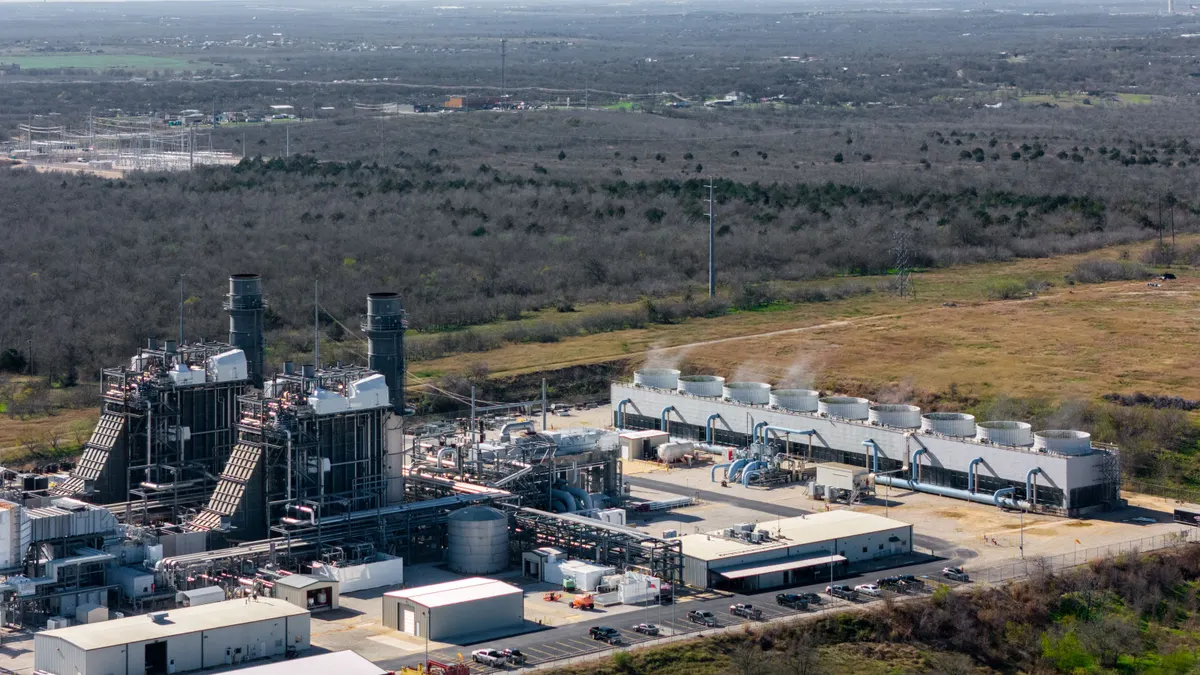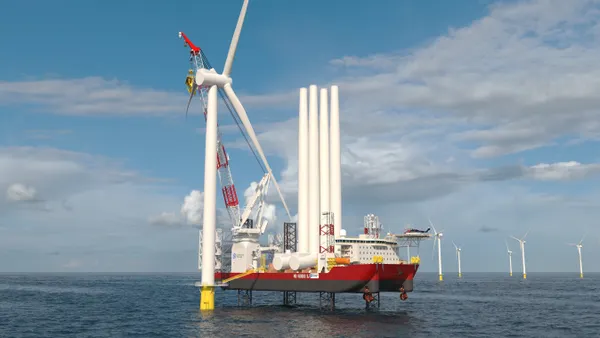Goksenin “Goksi” Ozturkeri is a senior advisor at GS Power Partners, an independent power producer.
The One Big Beautiful Bill Act (OBBBA) made its way to President Donald Trump’s desk and was signed into law on Independence Day. Fortunately for those of us in the clean energy industry — though also unfortunately — this is not our first rodeo. We have dealt with tariffs in the past, along with nearly two decades of dead stops, step-downs and extensions. Tax credits expire, then get resurrected last-minute. Projects move forward, then stall, then move forward.
While these policy pendulum swings can make long-term planning feel impossible, we shouldn’t confuse complexity with catastrophe. Our sector’s secret weapon is agility. We move fast, adapt faster and often turn policy hiccups into competitive advantage. If solar and wind are indeed the fastest and cheapest sources of energy, we can solve the rest.
In the distributed generation space, our real edge is speed: going from development, construction to operation in months rather than years, even under OBBBA’s compressed timelines. Companies in our space are typically nimble and able to pivot quickly, more so than many of our utility-scale counterparts.
Early in my career, I identified universal truths that all renewables stakeholders, big and small, live by, and that now underpin my best practices.
Migraines per megawatt
One hard truth is this: big projects, big problems; small projects, big problems.
Distributed generation project development suffers many of the same headaches that our grid-scale brethren do. Uniquely for distributed generation is that every project has a ZIP code, and every ZIP code has an opinion. It is just as debilitating when we're dealing with multiple small assets, and sometimes even more, than one large project.
I call this the “migraines per megawatt” ratio — the number of local hurdles per megawatt of capacity. To scale, developers must drive that ratio down. This is where standardized processes and repeatable playbooks for site evaluation, engineering, procurement and construction selection, and financing allow scaling faster while maintaining flexibility.
Policy risk is the only constant
No matter how robust the legislation, incentive frameworks, trade policies and interconnection rules will shift. Planning for policy volatility via flexible financing, risk sharing and adaptive schedules is non-negotiable.
Bridging the financing chasm
Additionally, regardless of project size, bridging the chasm from early-stage development to financial close and construction is a monumental task. Projects can sit for months in limbo, waiting for permits, interconnection or capital partner decisions. In that time, you’re fronting engineering, legal, interconnection deposits and safe harbor costs, without revenue or committed capital. That warehousing period is intensive and risky, especially for smaller platforms that aren’t well capitalized. The carry costs can pile up, and if a deal slips or dies, that sunk cost directly hits the developer’s balance sheet.
These lessons inspired four survival tactics that are more critical now than ever:
- Capital counts: Having strong parent backing with dry powder and long runway are today’s superpowers, de-risking projects and unlocking better debt and tax equity terms.
- Lock in safe harbor: Remember the great safe harbor rush of 2010s? It’s back! This time, expect twists in the form of executive orders that may make it even more difficult to get certainty. Keep top-tier tax counsel on speed-dial to secure your credits.
- Sharing (risks) is caring: Expect more risk sharing between buyers and sellers of “notice to proceed” assets. Strong local developers and EPC partners will make all the difference.
- Cost discipline trumps growth: Deals will continue to get done, but the market has moved from open bar to bring your own beverage. Developers that continue to be disciplined will be rewarded by the market.
As the sun sets on this latest policy drama, remember: The projects that thrive won’t be the biggest, but the smartest. In an era defined by volatility, discipline isn’t just a tactic, but our ticket to lasting success as an industry.














